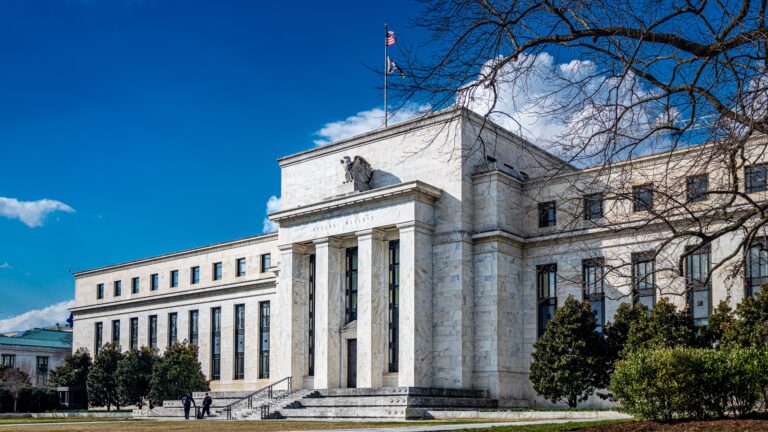
Dissecting Prime Money Fund Holdings
Abstract
Credit risks in prime money market funds stem from investments in non-government securities. In reviewing credit concentrations in a group of AAA-rated prime funds representing 50% of industry prime fund assets, we found that fund managers improved credit and liquidity positions by boosting investments in U.S. Treasuries and repurchase agreements. As of December 31, 2010, 12 European bank names occupied the list of Top 20 credits, while the U.S. Treasury claimed the top spot. When days to maturity are considered, concentrations in the Top 20 list shifted to Canadian and Australian banks and U.S. government issues, although French and U.K. bank exposures remained substantial. By the same measure, Spanish and Italian banks no longer represented major credits in fund holdings, and three French banks consistently ranked high among major non-U.S. financial issuers.
Introduction
Prime money market funds got their names from a regulatory mandate that limits most of their investments to securities of “prime” quality. One may draw two immediate conclusions about prime funds. First, they are designed to buy and hold mostly non-government securities, or credits; and second, the credits should be top-notch names representing minimal risk to investors. However, one day in September 2008, fund investors found out that not all prime funds lived up to their namesake and not all “prime-rated” credits were top-notch credits.
Here in the winter of 2011, almost 900 days after the Reserve Primary Fund debacle, investors’ guarded skepticism towards prime money funds does not seem to have subsided. The twists and turns of the U.S. mortgage market and the ever present Eurozone sovereign debt crisis have only reinforced investors’ anxiety about a possible repeat of the Reserve episode.
Are investors’ worries justified? Do funds have a better handle today on picking credits that minimize investor concerns? Are investments living up to their “prime” distinctions? These are important questions with no easy answers. Instead of imposing judgment on how fund managers manage credit risks, we thought it would be helpful to look at the top credit exposures in large prime funds and how those exposures shifted between December 2009 and December 2010. Since large prime institutional funds represent the largest and arguably the most sophisticated institutional cash investors, our findings may provide useful insight to other liquidity investors, including corporations, government pools, and security lenders.
DOWNLOAD FULL REPORT
Our research is for personal, non-commercial use only. You may not copy, distribute or modify content contained on this Website without prior written authorization from Capital Advisors Group. By viewing this Website and/or downloading its content, you agree to the Terms of Use.
Please click here for disclosure information: Our research is for personal, non-commercial use only. You may not copy, distribute or modify content contained on this Website without prior written authorization from Capital Advisors Group. By viewing this Website and/or downloading its content, you agree to the Terms of Use & Privacy Policy.

